Smith and Wesson Model 442 .38 SPL 1.88" Barrel 5-Rounds "Don't Tread On Me" Engraving For Sale
$429.99
What’s the difference between Smith and Wesson 442 and 642?
The primary difference between the Smith & Wesson 442 and 642 is the finish on the revolver. The Smith & Wesson 442 features a matte black finish, while the 642 has a stainless steel or silver finish. Both models are part of the J-Frame series, are similar in size and function, and are chambered for .38 Special cartridges. They are both designed for concealed carry and feature an internal hammer design, making them double-action only revolvers.
What ammo does a Smith and Wesson 442 take?
The Smith & Wesson 442 revolver is chambered for .38 Special ammunition.
When did the Smith and Wesson 442 come out?
The Smith & Wesson Model 442, which is part of the J-Frame revolver series, was introduced in 1993.
What is the most rare Smith and Wesson?
The most rare Smith & Wesson firearm is generally considered to be the Smith & Wesson Model 320 Revolving Rifle. Produced between 1879 and 1887, fewer than 1,000 of these firearms were made, making it highly sought after by collectors.
Is 9mm better than 38 Special?
The comparison between 9mm and .38 Special cartridges depends largely on the context of their intended use, be it self-defense, target shooting, or other specific requirements. Here are some factors to consider:
1. **Ballistics and Performance**:
– **9mm**: Generally offers higher velocity and more energy compared to .38 Special. This can result in better penetration and expansion, especially with modern hollow-point ammunition.
– **.38 Special**: Known for its lighter recoil, which can be beneficial for quick follow-up shots and for users sensitive to recoil.
2. **Capacity**:
– **9mm**: Typically used in semi-automatic pistols, often offering higher magazine capacities (e.g., 10-18 rounds).
– **.38 Special**: Commonly used in revolvers, which usually hold 5-6 rounds.
3. **Firearm Options**:
– **9mm**: Widely used and available in a variety of firearm sizes and designs, including compact and subcompact pistols suitable for concealed carry.
– **.38 Special**: Often found in revolvers, which some users prefer for their simplicity and reliability.
4. **Use Case**:
– **Self-defense**: Many users prefer 9mm for its higher capacity and improved ballistics, while others may opt for .38 Special revolvers for their reliability and ease of use under stress.
– **Target Shooting and Training**: Both cartridges are popular, but the choice may depend on personal preference and comfort with the firearm.
Ultimately, whether one is “better” than the other is subjective and depends on individual needs, preferences, and familiarity with the firearm platform. It’s important for users to consider what factors are most important to them and if possible, to test both to see which they prefer in terms of comfort, accuracy, and ease of handling.
What revolvers can use moon clips?
Revolvers that are often able to use moon clips include:
1. **Smith & Wesson Models**: Some models designed for .45 ACP, such as the Smith & Wesson Model 625, are compatible with moon clips.
2. **Ruger**: Certain Ruger models, like the Ruger Redhawk in .45 ACP, can also use moon clips.
3. **Taurus**: Models such as the Taurus 905, which is chambered in 9mm, use moon clips.
4. **Charter Arms**: Their Pitbull series can accommodate rimless cartridges without moon clips, but some models can still utilize them.
5. **Colt**: Some custom or modified Colt revolvers are capable of using moon clips for specific cartridges.
Moon clips are typically used with revolvers chambered for rimless cartridges, such as 9mm or .45 ACP, to aid with extraction and ejection.
What is the smallest Smith and Wesson revolver?
The smallest Smith & Wesson revolver in terms of frame size is typically the “J-Frame” revolver. Within the J-Frame category, the Smith & Wesson Model 340PD is one of the lightest and smallest, made with a scandium alloy frame and titanium cylinder, chambered in .357 Magnum and weighing around 11.8 ounces.
What’s the difference between 44 S&,W and 45 ACP?
The primary differences between the .44 S&W (also known as .44 Smith & Wesson Special) and the .45 ACP (Automatic Colt Pistol) are in terms of their design, purpose, and ballistics:
1. **Design and Purpose**:
– **.44 S&W Special**: Introduced in 1907, it’s a rimmed, centerfire cartridge designed for revolvers. It was intended for use in civilian self-defense and target shooting.
– **.45 ACP**: Developed by John Browning in 1904 and adopted by the U.S. military in 1911, it’s a rimless, centerfire cartridge designed for semi-automatic pistols. Its primary role was for military use, with an emphasis on stopping power.
2. **Dimensions and Ballistics**:
– **.44 S&W Special**: It typically features a bullet diameter of approximately 0.429 inches and is known for having good stopping power. It operates at lower pressures and velocities compared to the .44 Magnum but still offers substantial impact.
– **.45 ACP**: It has a bullet diameter of approximately 0.451 inches and is well-known for its balance between recoil and stopping power, providing effective terminal performance for its caliber.
3. **Performance**:
– **.44 S&W Special**: Generally produces lower velocities (around 700-900 feet per second) and energies compared to some other high-powered revolver cartridges, making it manageable for most shooters.
– **.45 ACP**: Offers velocities typically in the range of 800-950 feet per second, with a focus on delivering adequate stopping power with moderate recoil, making it suitable for both civilian use and military applications.
4. **Firearms Compatibility**:
– **.44 S&W Special**: Used in revolvers specifically chambered for it, and some revolvers chambered for .44 Magnum can also fire .44 Special cartridges.
– **.45 ACP**: Primarily used in semi-automatic pistols, though some revolvers and carbines are also chambered for it.
In summary, while both cartridges are popular for their stopping power, they are used in different types of firearms and have distinct characteristics that make them suitable for different scenarios.
Can a Smith and Wesson 40 shoot 9mm?
No, a Smith & Wesson .40 caliber firearm cannot shoot 9mm ammunition. These are different calibers, and each requires its specific size of ammunition. Using the incorrect ammunition can be dangerous and may damage the firearm or cause injury. Always ensure you are using the correct caliber ammunition specified for your firearm.
What Smith and Wesson did Dirty Harry use?
Dirty Harry, the character played by Clint Eastwood, used a Smith & Wesson Model 29 in the film “Dirty Harry.” This revolver is chambered in .44 Magnum and is one of the most iconic firearms in cinema history.
Do they still make .32 revolvers?
Yes, manufacturers still produce .32 caliber revolvers. While not as common as some larger calibers, .32 revolvers are available from various firearm manufacturers, often appealing to collectors or those interested in small-caliber firearms.
What Smith and Wesson revolver did police use?
Police departments have commonly used the Smith & Wesson Model 10 revolver. It is a .38 Special caliber revolver known for its reliability and durability, making it a popular choice among law enforcement for many decades.
What is the strongest Smith &, Wesson revolver?
The strongest Smith & Wesson revolver is typically considered to be the Smith & Wesson Model 500. It is chambered for the powerful .500 S&W Magnum cartridge, which is known for its tremendous stopping power and is often used for big game hunting.
What’s the difference between 44 S&,W and 45 ACP?
The primary difference between the .44 S&W (Smith & Wesson, typically referring to the .44 Special or .44 Magnum) and the .45 ACP (Automatic Colt Pistol) lies in their design, usage, and ballistics. Here are some key distinctions:
1. **Cartridge Type:**
– **.44 S&W Special/Magnum:** These are revolver cartridges. The .44 Special is an older, less powerful cartridge than the .44 Magnum, which is known for high performance and significant stopping power.
– **.45 ACP:** This is a semi-automatic pistol cartridge, widely recognized for its use in the M1911 pistol and its historical military application.
2. **Size and Power:**
– **.44 S&W Special/Magnum:** Generally offers more power and muzzle energy, especially in the case of the .44 Magnum, compared to the .45 ACP. The .44 Special is milder compared to the .44 Magnum but still larger than the .45 ACP.
– **.45 ACP:** Known for having a large diameter and moderate recoil, it typically has lower muzzle velocity and energy compared to the .44 Magnum but is comparable or slightly lower than the .44 Special.
3. **Intended Use:**
– **.44 S&W Special/Magnum:** Often used for hunting, sport shooting, and self-defense (especially the Magnum for its power).
– **.45 ACP:** Primarily used for self-defense, target shooting, and military applications.
4. **Firearm Type:**
– **.44 S&W Special/Magnum:** Primarily used in revolvers.
– **.45 ACP:** Used in semi-automatic pistols.
5. **Recoil and Handling:**
– **.44 Magnum:** Known for significant recoil, which can be challenging to manage for some shooters.
– **.45 ACP:** Generally has manageable recoil, contributing to its popularity in self-defense and military applications.
These differences influence the selection of one over the other based on the intended use and personal preference.
What is the difference between 642 and 642 pro?
The difference between a standard “642” and a “642 Pro” would depend on the context in which these terms are used, as they could refer to models of technology products, vehicles, firearms, etc. Typically, a “Pro” version of a product might include enhanced features or improved specifications compared to the standard model. For an accurate answer, additional information or context is needed to determine the specific items being compared.
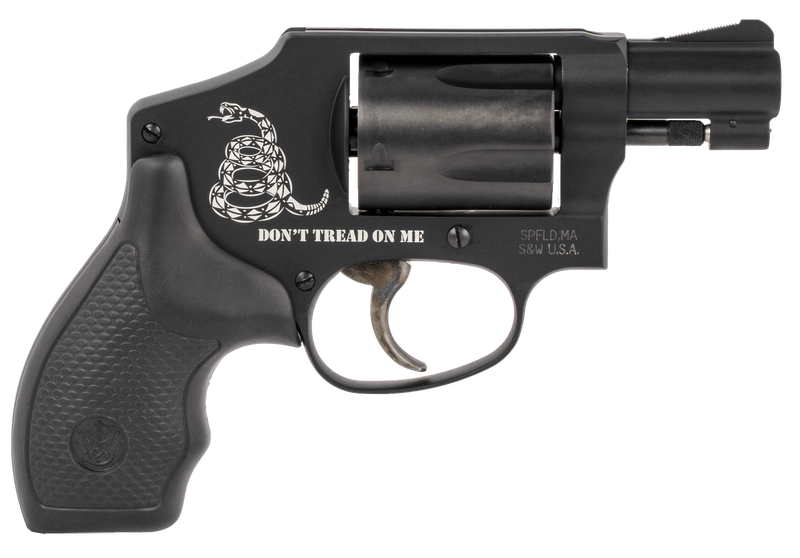


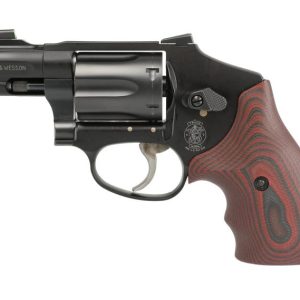
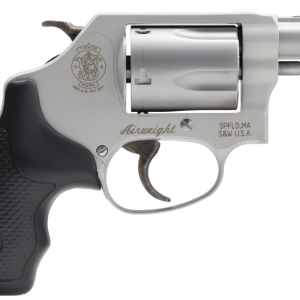

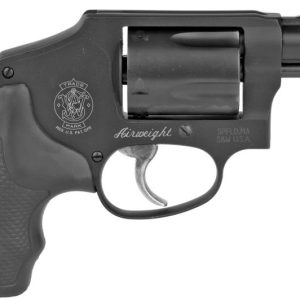
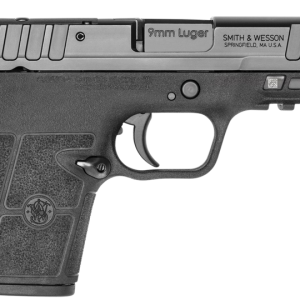
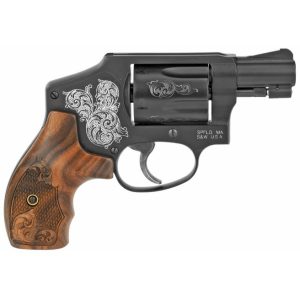
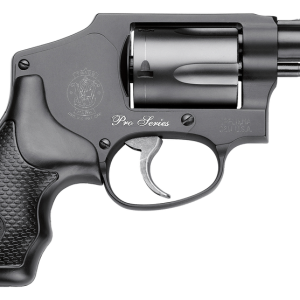
Reviews
There are no reviews yet.